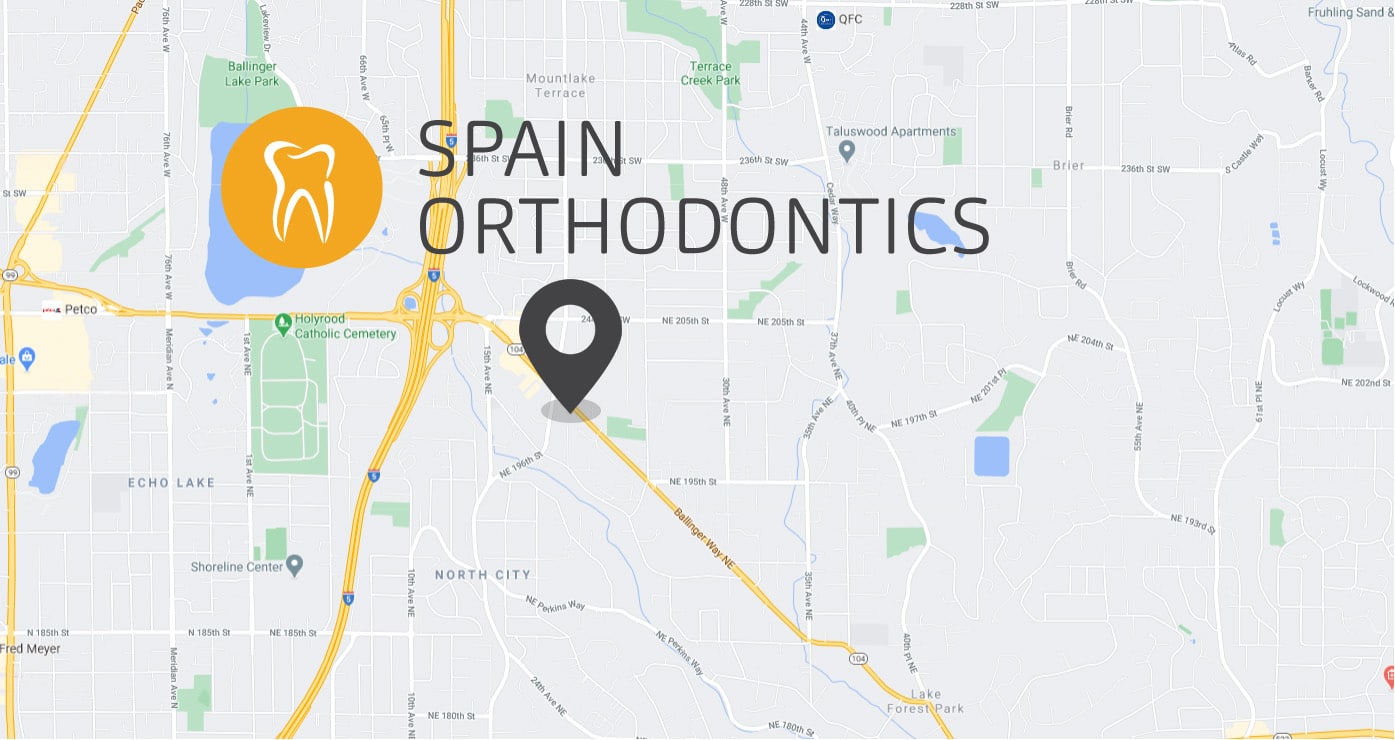How to Floss with Braces
28 Jun 2021 | 0 Comments
When you first got your braces, a technician probably gave you a quick lesson on how to floss with braces. You may remember it in great detail, or you may have only been half-listening. Perhaps you just want to make sure you are doing it correctly.
Flossing with braces is more difficult because of the wires and brackets. We’ve compiled some user-friendly tips and tricks that should help you floss more efficiently.
Why Knowing How to Floss with Braces Is Important
With or without braces, flossing is important to your oral hygiene routine. Food that remains between your teeth can create bacteria, increase tooth decay, cause plaque and tartar build-up, and more. Using floss to clean out the areas between your teeth down to your gum line will decrease future problems. It is also beneficial in helping your braces work more effectively.
Although flossing should be done each time you brush your teeth, we know that can’t always happen. We ask that you commit to flossing thoroughly at least once each day before bed.
You’ll Get Quicker with Practice!
When you first get your braces, learning how to brush and floss should be a top priority. Although you will get faster, plan to spend 10 to 15 minutes each time. Once you develop a flossing routine, it will become a lot easier. The tips and tricks below should help you learn proper flossing techniques.
Using Floss Threaders
A floss threader is a loop of thin material that helps thread floss under the wire on your braces. These disposable tools work with any type of floss and are available wherever dental supplies are sold.
Using a floss threader will also get easier with practice. Here are the basic instructions:
- Break off 12 to 18 inches of dental floss
- Insert about 5 inches into the loop on the floss threader
- Guide the threader under the wire and into the space between the teeth
- Leaving the floss in place, remove the floss threader
- Floss normally, being sure to floss around each tooth
- Repeat the process for all of your teeth
Don’t forget your back teeth and to floss normally above your wires also. If you find the floss is too rough on your gums, which might be tender, consider using dental tape instead. It performs the same function as floss but is gentler on your gums.
Using a Water Flossing Device
If you already own a water flossing device it may be used to clean effectively between your teeth. If you are considering buying one, please check with your orthodontist for the best type to purchase.
When using a water flossing device, the instructions are similar regardless of the model:
- Add water to the reservoir
- Use the tapered tip on the flosser, check/adjust the water pressure
- Leaning over the sink, place the tip into your mouth and turn on the flosser
- Keeping your lips closed will keep water from water from splashing everywhere
- Make sure to drain the water from your mouth while flossing
- Make sure to spray along the gum line and between all your teeth
Brushing before flossing will loosen debris to make flossing easier. You may also use your toothbrush while flossing for stubborn food particles.
Final Thought
Using waxed floss will work better in a floss threader and slips between your teeth easier. Unwaxed floss tends to catch on braces and may leave behind small pieces of floss.
Call If You Have Any Questions
The entire staff and Dr. Spain are here to help. Please feel free to put the office number on your speed dial for any questions you have. You may call or text Spain Orthodontics at (206) 693-3123. You may also use the Contact Form or email us at braceyourself@es.spainortho.com.
Please follow our pages on Facebook and Instagram, and read more about caring for your braces on our Orthodontic Blog.




